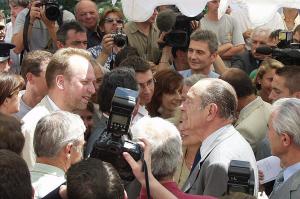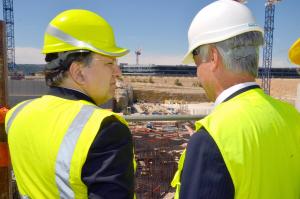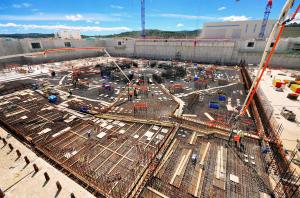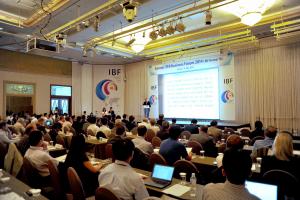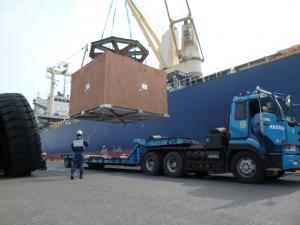What’s New
14 July 2014
ITER news digest for the period of 7 July 2014 to 14 July 2014.
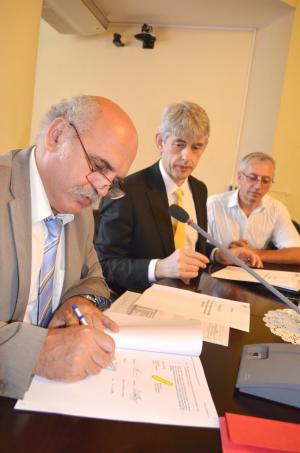
Russia concludes signatures on two ITER diagnostics

Australian Plasma Fusion Research Facility launched

ITER Progress in Pictures


